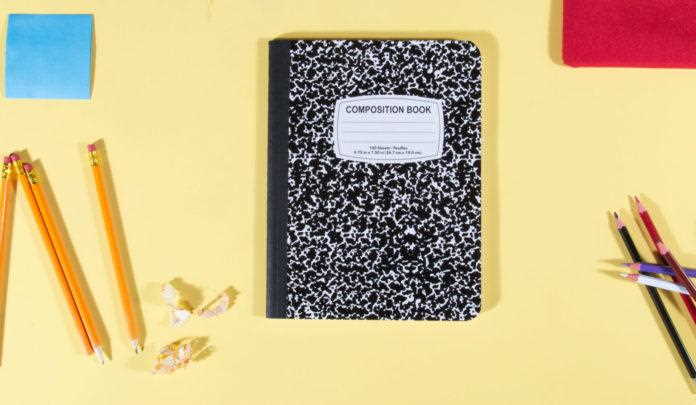As a parent, you’ve probably heard the buzz about “project-based learning,” but you might not know exactly what it means. Or, more significantly, why you should care about it when it comes to your child’s education. You were your child’s first and most important teacher in life. So, how can parents extend project-based learning beyond the classroom and utilize this approach at home?
Although most structured learning takes place in the confines of the school, that doesn’t mean that parents cannot have an active role in their children’s education. On the contrary, parents can encourage, motivate, and even influence their kids to do well in school.
Parent involvement refers to the collaboration between the parents and the school to improve children’s education experience and academic performance. As a parent, you may be wondering what it means when your child’s teachers say they teach with projects. Project-based learning might seem intimidating to parents at first, so it is important to support parents and students through this process at home. The following are ways to help support students and parents on their project-based journeys at home.
It’s important for teachers to remember that not all parents and homes are equipped with the same skills, supplies, resources, and technology as school classrooms. For this reason, it is key for teachers to set clear expectations for their students and to ensure that these expectations are appropriate and attainable.
Parents need to understand how they can provide support to their child. There are several ways in which parents can be supportive. Setting up a space in the home dedicated to learning is one suggestion. This provides structure for students and gives them a consistent and familiar place to participate in learning each day.
But the bottom line of building parent support for PBL will be the evidence they see in students’ work. So, teachers should make sure parents see the results, if not in person during project presentations, then by posting student work, sharing student reflections after a project, and reporting on the achievement of learning goals. If projects are rigorously designed and carefully managed, the quality of their child’s education will be plain to see.
Your children can help to change the world, and you can help them. At its heart, today’s learning is about solving real-world problems. The world needs more and more graduates with the skills to identify problems, visualize explanations, design possible solutions, then implement and test these solutions. Imagine your child among these graduates, helping to change the world for the better.
Education, for most people, means trying to lead the child to resemble the typical adult of his society, but with PBL education means making creator. As parents, it’s time for us to get on board and aspire to make our children creators–their future depends on it.












